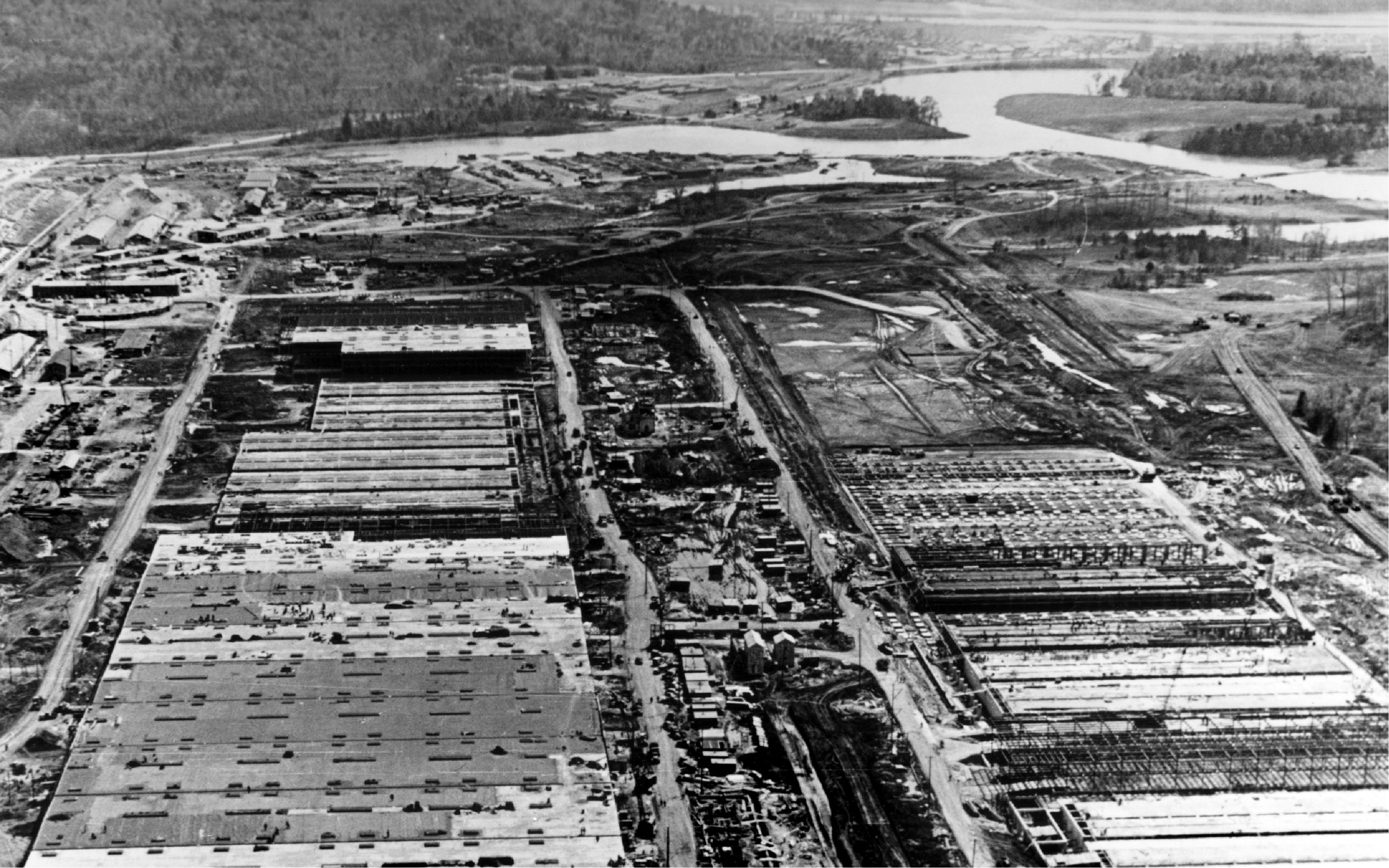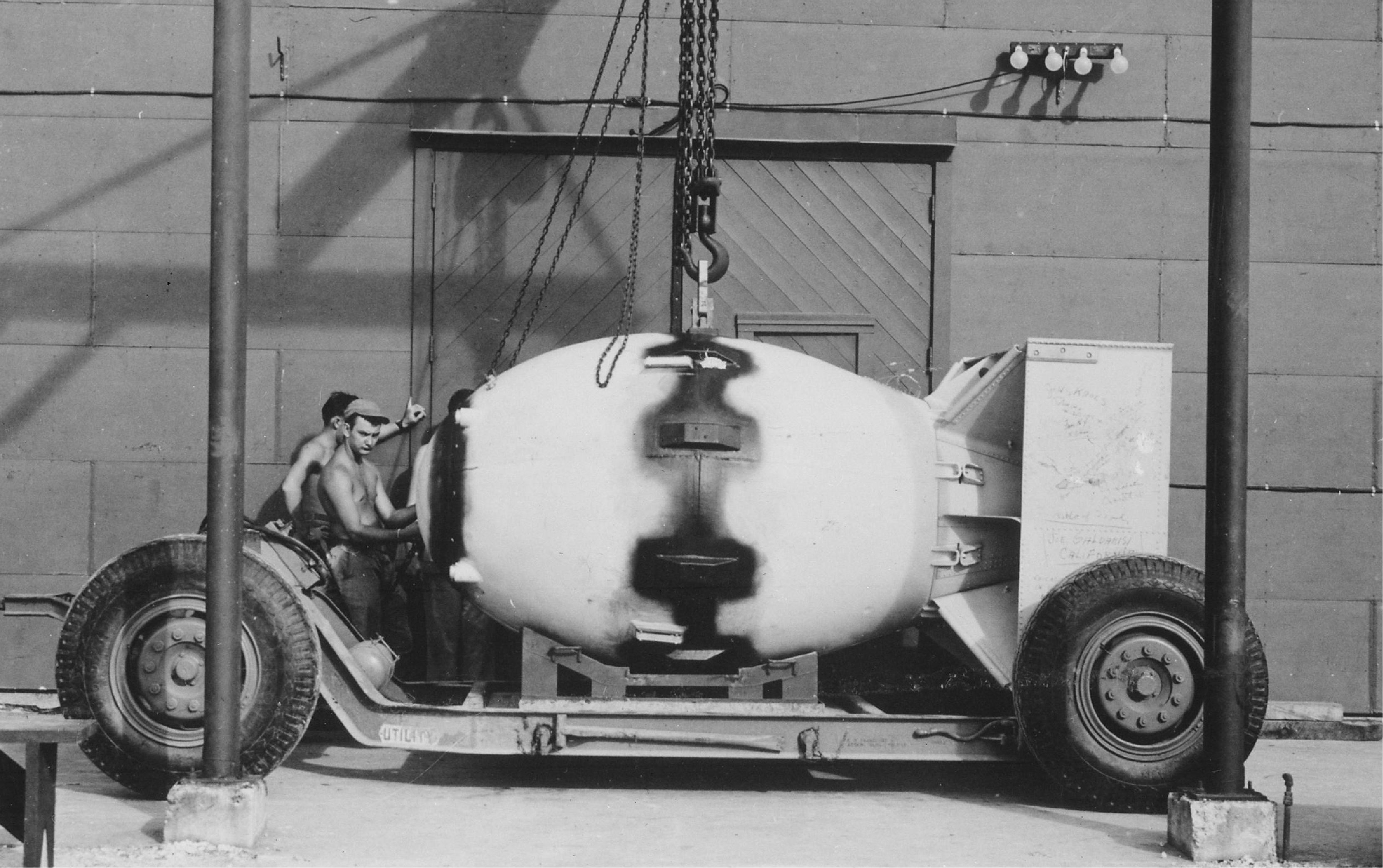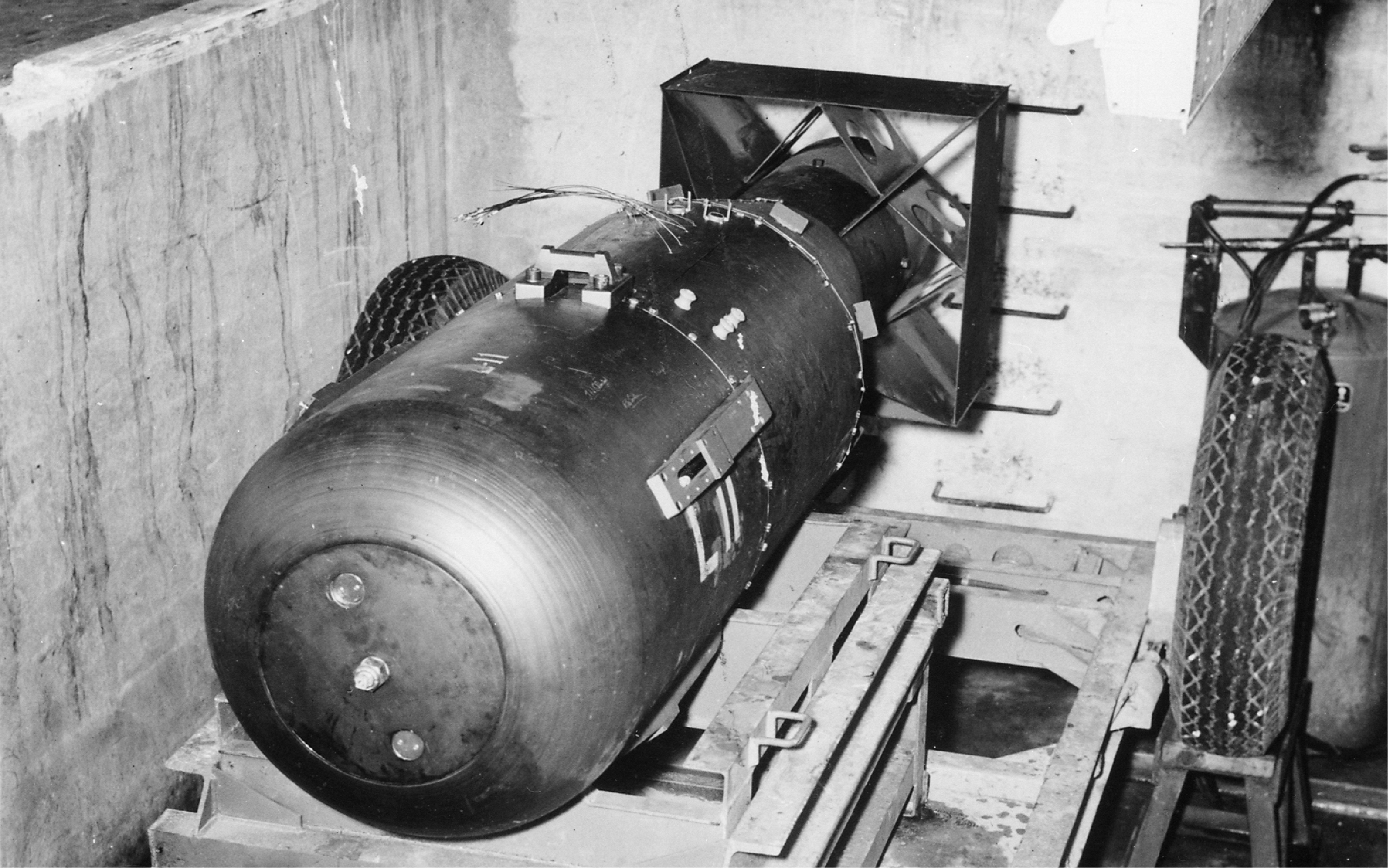The Manhattan Project: The Road to the Trinity Test
On August 6, 1945, the United States dropped a nuclear weapon on Hiroshima, Japan – the first time such a catastrophic weapon was ever used in conflict. Three days later the U.S. released another on Nagasaki, devastating the city and ushering in the nuclear age. Over the next few weeks, Global Zero will explore what led to the bomb’s development, the consequences of its use, and where we’ve come since those fateful August days. This is the second in our series “‘My God, What Have We Done:’ The Legacy of Hiroshima and Nagasaki.” To start from the beginning, click here.
The Manhattan Project was impressive and unprecedented in scope. It employed a large number of people, entailed massive construction and investment and the transportation of chemical resources, and above all, required maximum secrecy. The outcome will always be remembered for how destructive, controversial, and shocking it was. With World War II as its backdrop, the top secret program to develop the atom bomb achieved important milestones, from the project’s creation to the first detonation of the atomic bomb.
Summer 1942: The United States program to develop and build a nuclear weapon – “The Manhattan Project” – comes together.
November 25, 1942: Los Alamos, NM is selected for the site of a scientific research laboratory under the direction of J. Robert Oppenheimer.
December 2, 1942: Physicist Enrico Fermi’s team of scientists achieve the first controlled, self-sustained nuclear chain reaction, convincing others once and for all that building a nuclear weapon is feasible.
January 16, 1943: Hanford, WA is chosen as the site where plutonium – a radioactive element used to make a nuclear weapon, specifically used in the “Fat Boy” bomb dropped on Nagasaki – will be created.
February 1943: The Soviet Union secretly launches its own nuclear weapons program.
February 18, 1943: Work begins on the Y-12 plant in Oak Ridge, TN. The plant is tasked with producing the highly-enriched uranium needed for a nuclear weapon and will provide some of the uranium used in “Little Boy,” the bomb used on Hiroshima.
April 1943: Work begins on bomb designs at Los Alamos, NM.
May 5, 1943: The Military Policy Committee (the Manhattan Project’s executive committee) determines Japan, not Germany, should be the target of the first atomic bomb.

June 1943: Work begins on K-25 – another plant tasked with producing highly-enriched uranium for nuclear weapons – in Oak Ridge, TN.
August 19, 1943: Winston Churchill and Franklin D. Roosevelt sign the Quebec Agreement, specifying the conditions for cooperation between the U.S. and United Kingdom in creating nuclear weapons.
September 8, 1943: Italy surrenders to the Allies.
November 29, 1943: Work begins on B-29 bombers to adapt them for carrying nuclear weapons.
February 1944: 200 grams of uranium-235 are sent to Los Alamos from the Y-12 plant at Oak Ridge.
June 6, 1944: The Allies invade Normandy.

December 22, 1944: Assembly of “Fat Man” – the bomb used on Nagasaki – is completed, though the nuclear material is not yet available.
February 2, 1945: Los Alamos receives its first quantity of plutonium by scientists at Hanford.
April 12, 1945: President Roosevelt dies and is succeeded by Harry Truman.
April 24, 1945: President Truman is given a full briefing on the Manhattan Project.
April 27, 1945: The Target Committee meets for the first time to discuss atomic bomb targets in Japan.

May 1945: “Little Boy” – the bomb used on Hiroshima – is deemed ready for combat though it is missing the nuclear material.
May 7, 1945: Germany surrenders to the Allied forces.
June 6, 1945: Secretary of War Henry Stimson tells Truman the Interim Committee (an advisory committee on the military use of nuclear energy) suggests “keeping the atomic bomb a secret and using it as soon as possible without warning.”
June 11, 1945: Scientists at the Metallurgical Laboratory at the University of Chicago issue the Franck Report, which strongly recommends that the US conduct a demonstration of the atomic bomb in lieu of using it in war on Japan.
June 21, 1945: The Interim Committee reestablishes its view that the atomic bomb be used against Japan at the earliest opportunity without warning.
The next month, the first atomic bomb was detonated in a secret test in New Mexico, known as the Trinity Test. Our next post marks that anniversary.